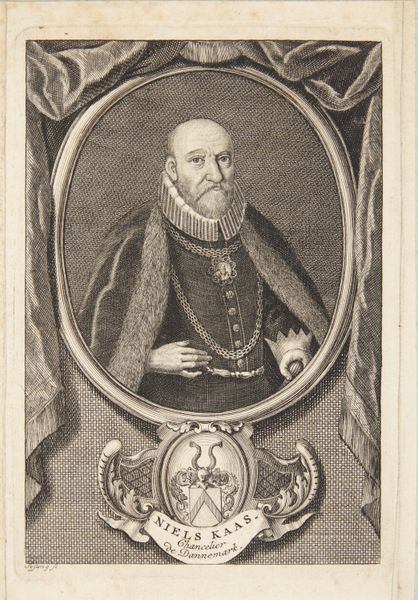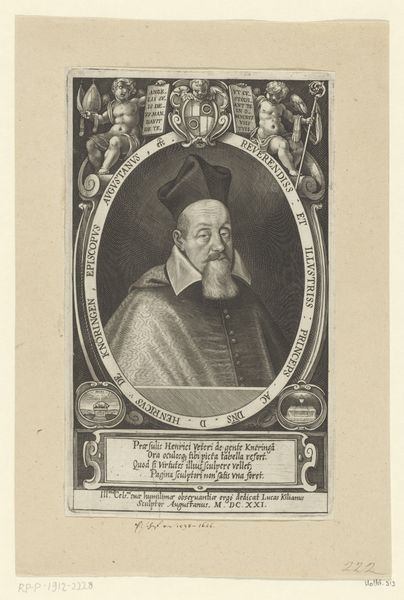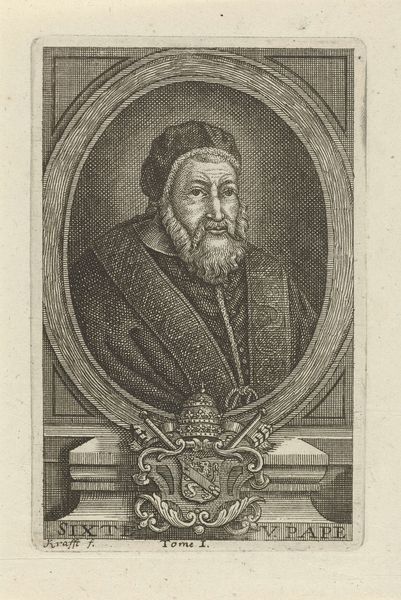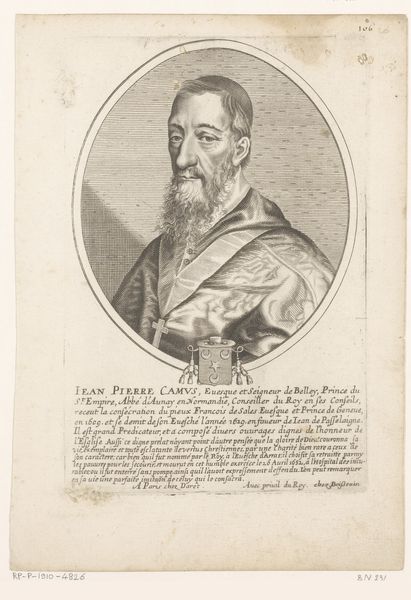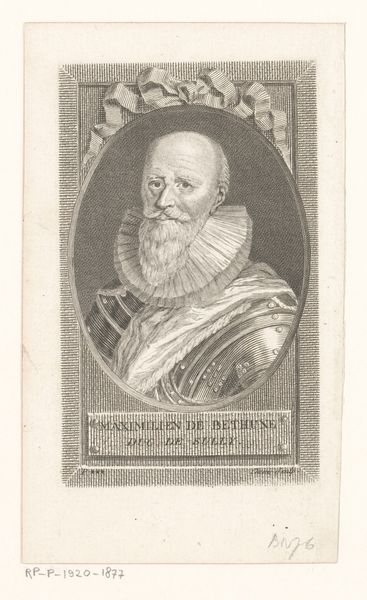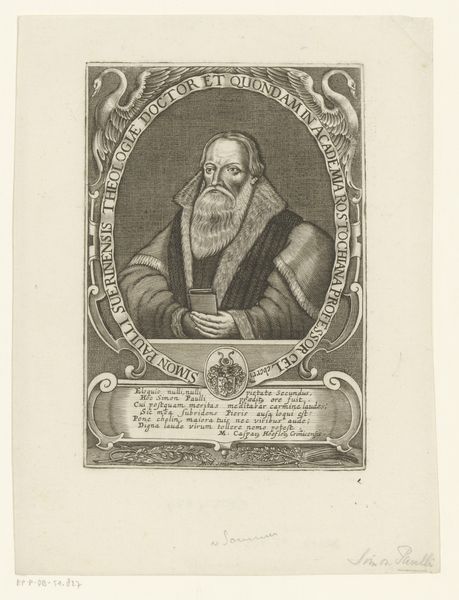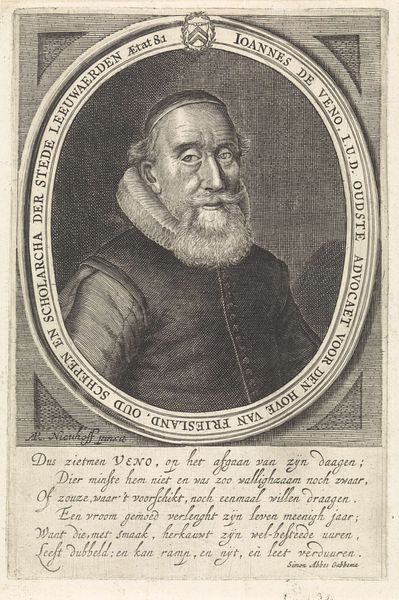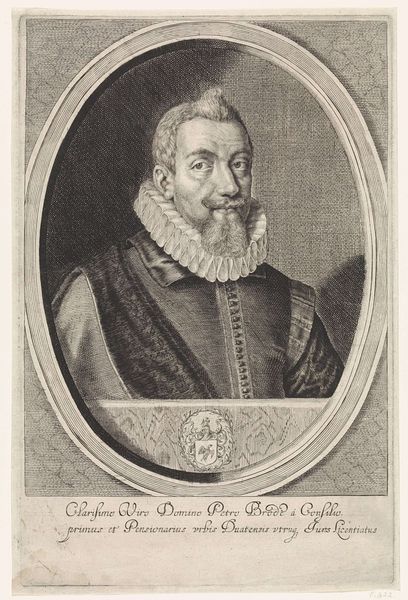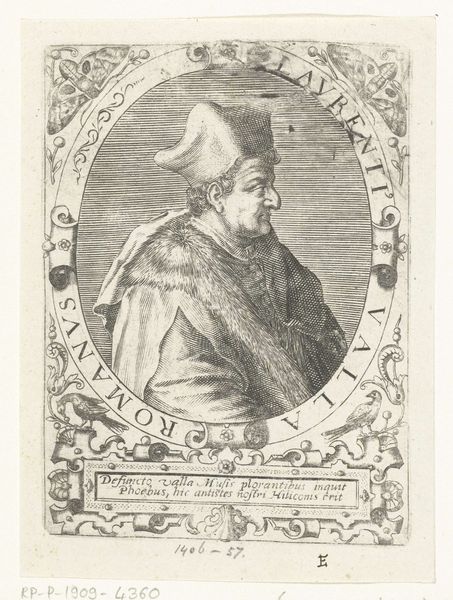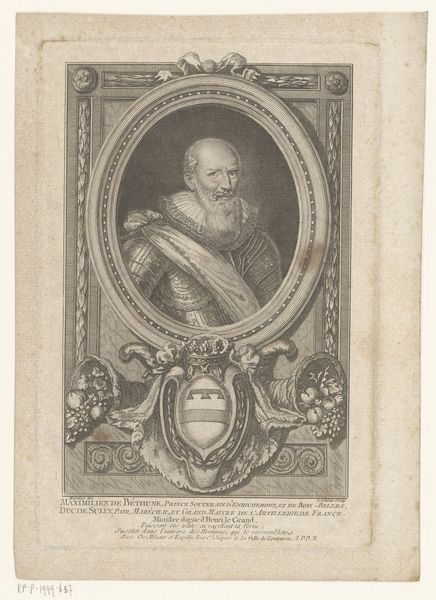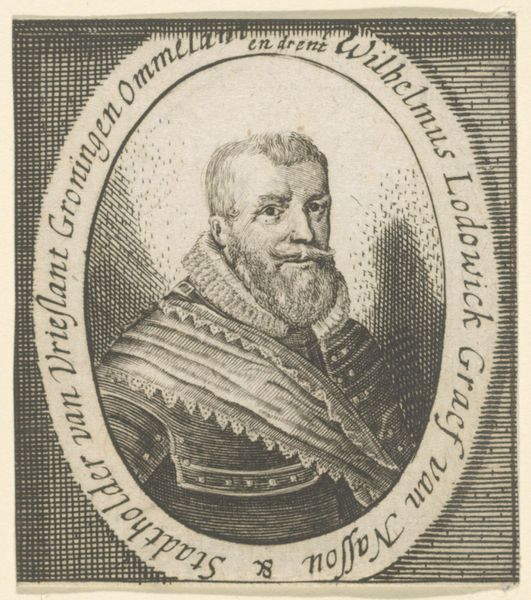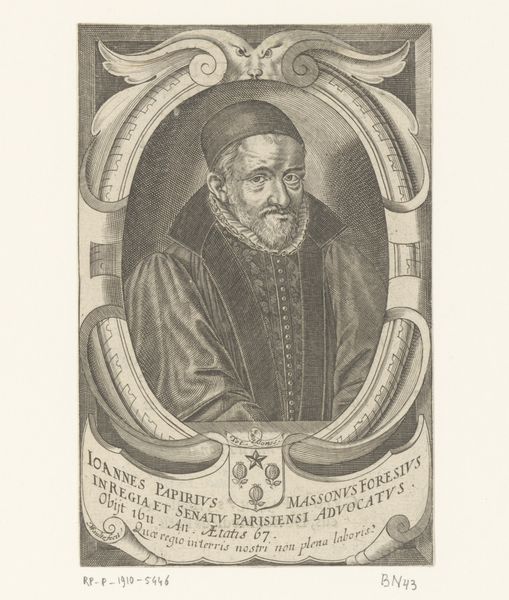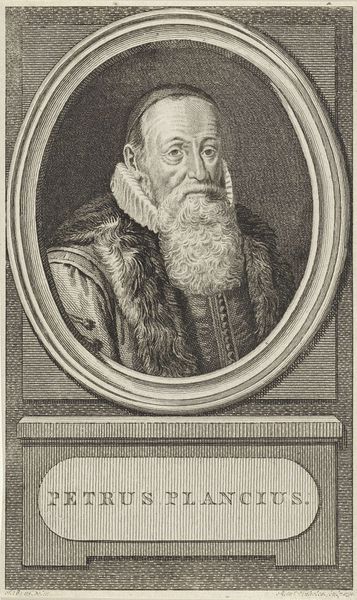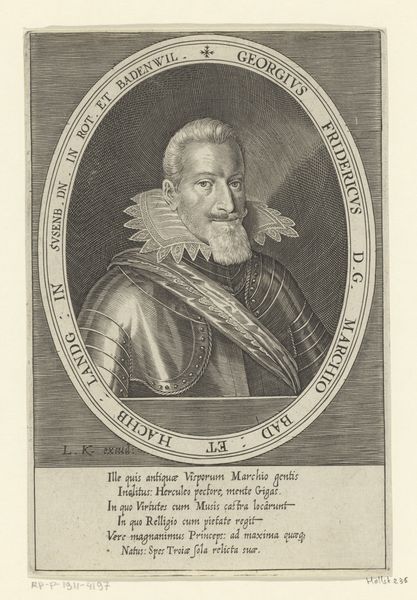
print, engraving
#
portrait
#
baroque
# print
#
old engraving style
#
historical photography
#
history-painting
#
engraving
Dimensions: height 267 mm, width 164 mm
Copyright: Rijks Museum: Open Domain
Editor: So, here we have a print from between 1710 and 1725, "Portret van Antoine Perrenot, kardinaal van Granvelle," by Jan Baptist Jongelinx. The engraving technique really gives it a formal, almost austere feeling. How do you interpret this work in terms of its historical context? Curator: The portrait immediately situates us within the politics of imagery. Note how the print elevates Cardinal Granvelle not only as a religious figure but also, crucially, through his connection to power—"pro Rex Neap. et Sup. Ital. CP" suggests his direct involvement in the governance of Naples and Italy. Jongelinx is less crafting an image of piety, more so a visual statement about authority. Does the medium—the reproducible print—itself suggest anything to you? Editor: That it's meant for wider dissemination, right? Less a personal memento, more like…propaganda, maybe? Curator: Precisely. And think about who might be commissioning and collecting such images. These prints weren't meant for private devotion, but for circulating amongst the educated elite, reinforcing social hierarchies and the influence of the Church within secular governance. We need to consider the gallery—or more accurately, the album or collection—in which this portrait was meant to function. Do you notice the symbolic cues? Editor: The coat of arms, of course. A marker of status, clear as day. Curator: It certainly anchors him to a specific lineage and reinforces the Cardinal's established societal position within the Church. These elements contribute to the complex political and cultural function of art within baroque society. What strikes you as most relevant when you consider his place in history? Editor: The layers of power at play, how this image works to build a persona deeply intertwined with both religious and political influence, and the role the printmaking plays in making his portrait a symbol of authority. Curator: Exactly, it all contributes to his intended image. Analyzing such prints can really open our eyes to the machinations behind historical representation.
Comments
No comments
Be the first to comment and join the conversation on the ultimate creative platform.
